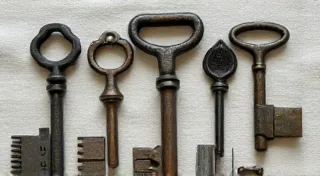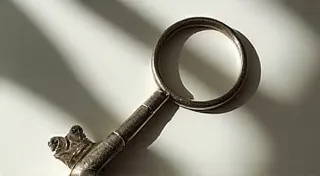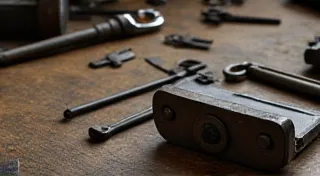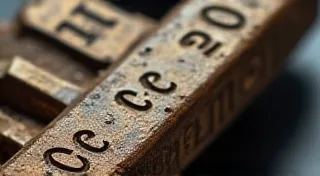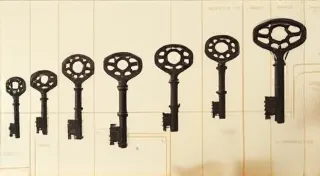Locksmithing and Key Cutting: A Historical Perspective
The story of antique keys isn't just about the keys themselves; it’s intimately intertwined with the history of locksmithing and key cutting. For centuries, the ability to secure property and the artistry of creating the mechanisms to do so have been essential skills, shaping not only our physical security, but also influencing technological advancements. Let’s explore the evolution of this vital craft.
Early Locksmithing: A Hands-On Tradition
Before the advent of sophisticated machinery, locksmithing was a truly artisanal profession. The earliest locks, dating back to ancient Egypt and Greece (around 2000 BC), were often simple pin tumbler mechanisms. However, crafting keys for these early locks was a painstakingly manual process. Locksmiths – often itinerant craftsmen – would observe the lock's inner workings, carefully shaping keys from iron or bronze. There were no standardized key blanks or readily available tools; each key was uniquely crafted for its specific lock. This meant a deep understanding of mechanics and meticulous skill were essential. Early locksmiths weren't simply makers; they were problem solvers, often called upon to repair and re-engineer existing lock systems.

The Rise of Key Cutting – A Slowly Developing Skill
The concept of key cutting, as we understand it today, didn’t emerge fully formed. Initially, replicating a key was incredibly difficult, often requiring a new lock to be disassembled and the key painstakingly copied from its marks. Over time, tools and techniques evolved. Early key cutters utilized files and hand-held jigs to shape keys, a process that demanded immense patience and a keen eye. The key cutter’s ability to replicate a key accurately was a mark of their skill and reputation.
The Industrial Revolution brought significant changes. The invention of the milling machine in the 18th century started to automate the key cutting process, making it faster and more precise. While hand-cutting remained a vital skill, the use of machinery began to change the locksmith’s role – moving towards increased production and standardization. However, the craftsmanship associated with older keys continued, with many locksmiths still performing bespoke work and retaining traditional techniques.
The 19th and 20th Centuries: Standardization and Innovation
The 19th century witnessed a gradual standardization of key profiles and lock designs. While this made replacement keys more readily available, it also marked a shift away from the uniquely crafted keys that are so prized by collectors today. The 20th century saw the introduction of more complex lock mechanisms, including wafer locks and disc detainer locks, and subsequently, more intricate key designs. The rise of mass production led to a decline in the number of traditional, artisan locksmiths, though their skills and knowledge remain invaluable.
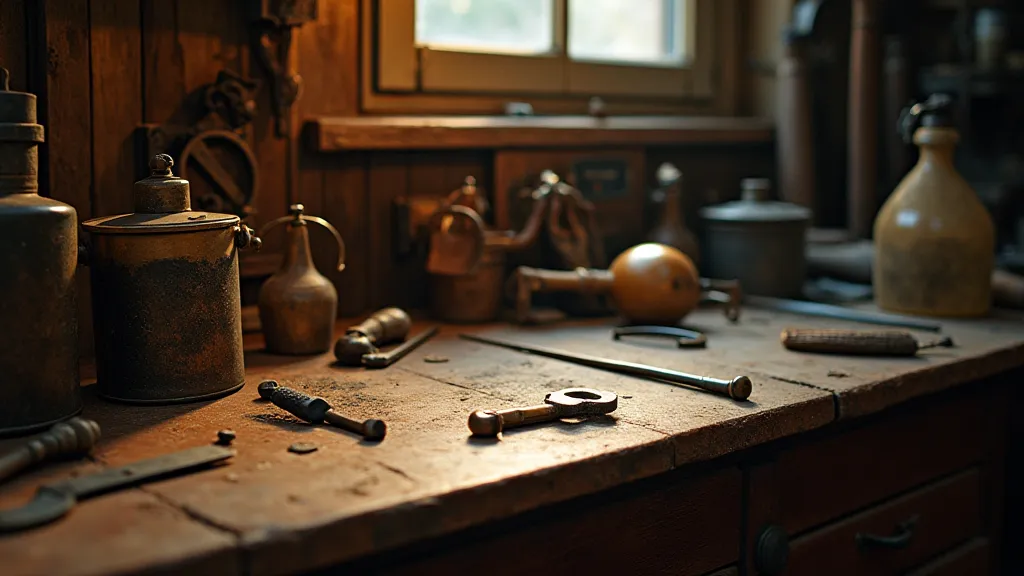
The Key Collector's Perspective
For those of us collecting antique keys, understanding the history of locksmithing adds a deeper appreciation for these often-overlooked objects. Each key represents a moment in time, a testament to the skill of the locksmith who created it, and a glimpse into the security practices of a bygone era. The imperfections and unique characteristics of hand-cut keys offer a level of artistry and individuality rarely seen in modern, mass-produced replacements. The wear and tear on an antique key speaks to its history and previous ownership – a tangible connection to the past.
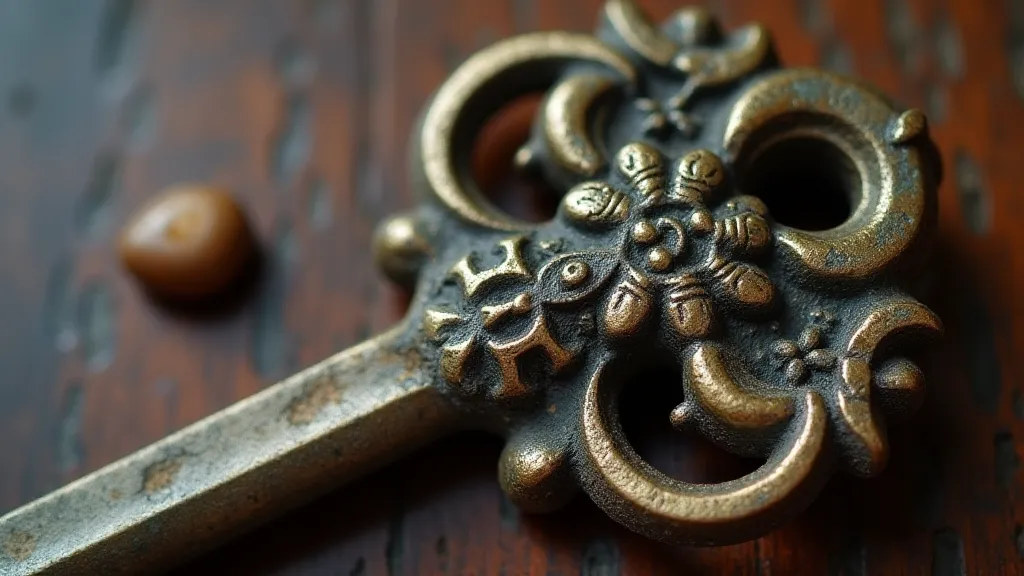
Conclusion
The history of locksmithing and key cutting is a fascinating journey through innovation, craftsmanship, and the constant need for secure solutions. From the earliest pin tumbler locks to the complex mechanisms of today, the evolution of this essential craft continues to shape our world and provides a rich backdrop for the appreciation of antique keys.
